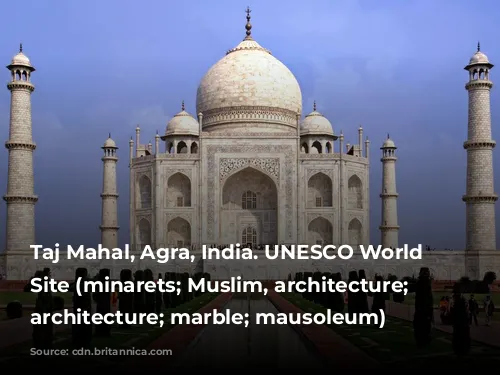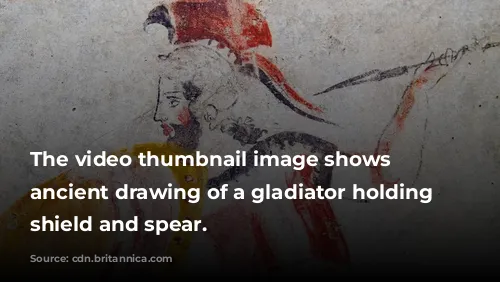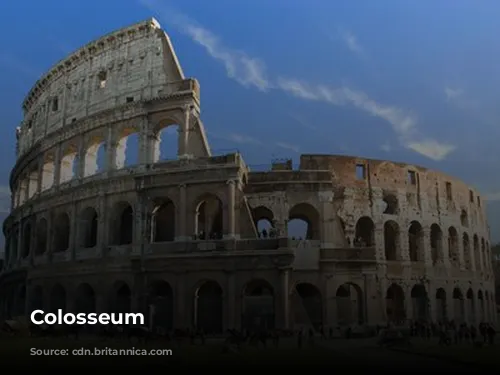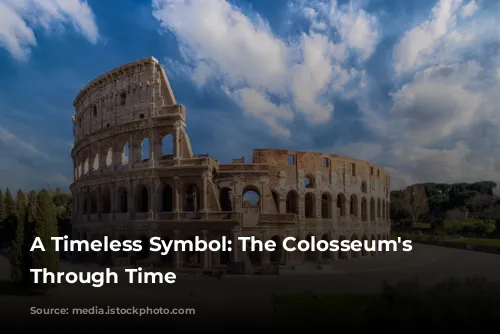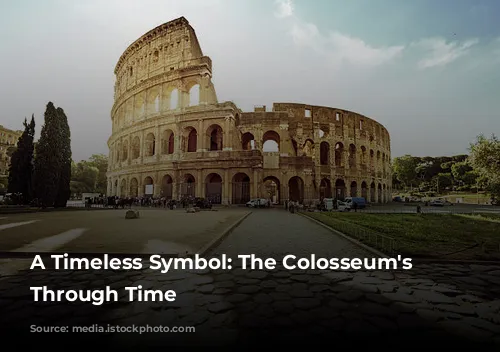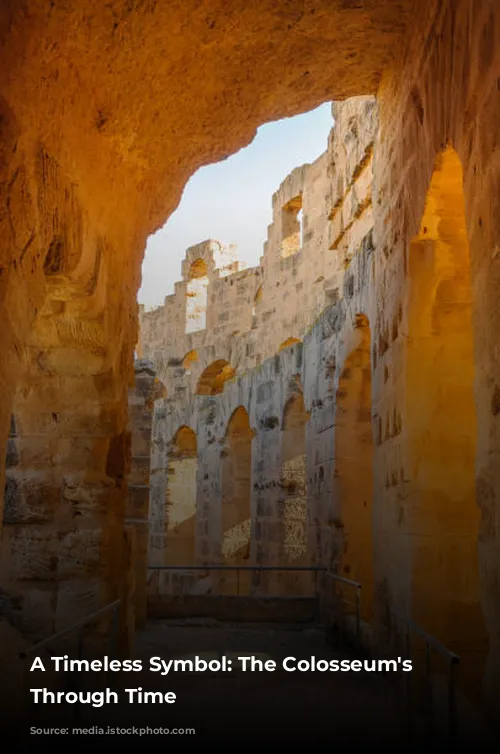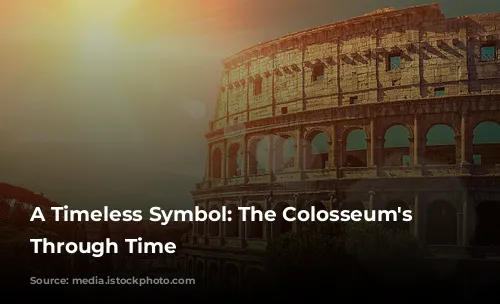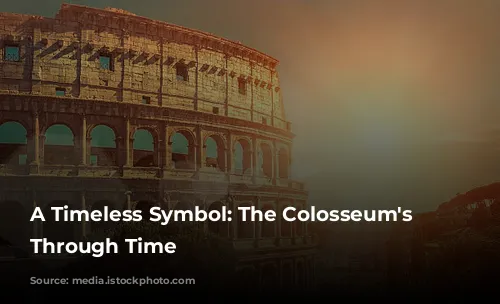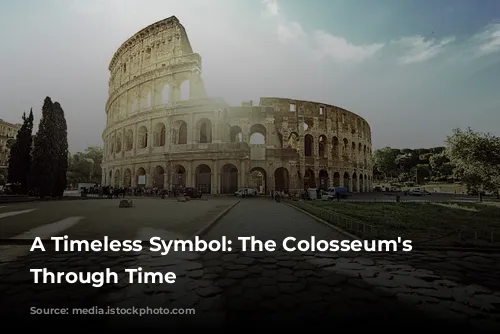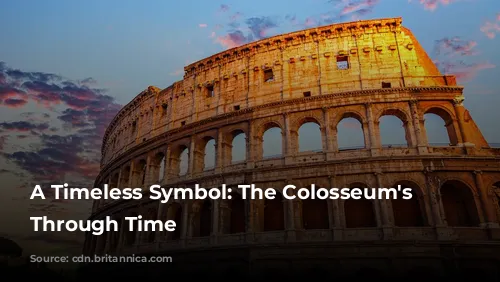The Colosseum, a majestic structure standing as a testament to ancient Rome’s architectural and engineering genius, is a must-see for any visitor to the Eternal City. More than just a historical landmark, it’s a vital engine for the Italian economy, drawing in millions of tourists each year. In 2018 alone, the Colosseum, Roman Forum, and Palatine Hill together generated over $63.3 million (€53.8 million) in revenue, making it the most popular tourist attraction in Italy.
From Glory to Neglect
This iconic arena, however, has experienced a turbulent history. After the fall of the Western Roman Empire, the Colosseum fell into disrepair, its grandeur gradually fading away. In the 12th century, it was repurposed as a fortress by the Frangipane and Annibaldi families, a stark contrast to its original use. The 15th century saw the Colosseum further exploited, this time as a quarry under Pope Alexander VI, a decision that ultimately contributed to its deterioration. This period of neglect stretched for over a thousand years, with the Colosseum standing as a silent reminder of Rome’s bygone glory. Fortunately, state-funded restoration efforts began in the 1990s, initiating a long-awaited journey to revive the structure.
A Monument to Entertainment
The Colosseum’s construction was part of a larger imperial effort to revitalize Rome following a turbulent period known as the Year of the Four Emperors in 69 CE. Emperor Vespasian, seeking to reestablish stability and popularity, envisioned the Colosseum as a grand entertainment venue, a place to captivate the Roman public. It hosted gladiator fights, animal hunts, and even mock naval battles, providing a constant stream of thrilling spectacles.
A Monument Built with Blood and Stone
The Colosseum’s construction began under Vespasian between 70 and 72 CE, with its completion under his son, Titus, who officially dedicated the arena in 80 CE. The final touches, including the fourth story, were added by Emperor Domitian in 82 CE. Sadly, the Colosseum’s construction was funded by the spoils of war, specifically the plunder obtained from Titus’s conquest of Jerusalem in 70 CE. This tragic event resulted in the use of enslaved Jews from Judea as laborers, a stark reminder of the brutal reality that fueled the Colosseum’s rise.
A Colossal Structure
The Colosseum, also known as the Flavian Amphitheatre, is an impressive elliptical structure built from stone, concrete, and tuff, towering four stories high. It measures a staggering 620 by 513 feet (189 by 156 meters) and could accommodate up to 50,000 spectators. This enormous structure was primarily used for gladiatorial combat, a spectacle that captivated the Roman public.
A Symbolic Shift
The Colosseum’s location wasn’t chosen at random. Situated just east of the Palatine Hill, it was built on the site of Nero’s Golden House, specifically replacing the artificial lake that served as its centerpiece. This symbolic act, orchestrated by Vespasian, represented a deliberate shift from the tyrannical emperor’s private extravagance to a public amphitheater for the enjoyment of the masses.
A Masterpiece of Architecture
Unlike earlier amphitheaters, which often incorporated hillsides for support, the Colosseum stands as a freestanding structure, a testament to the ingenuity of Roman engineering. It’s a complex masterpiece, utilizing a system of barrel vaults and groin vaults to achieve its immense size. The three lower stories are adorned with arcades framed by engaged columns, following the Doric, Ionic, and Corinthian orders. This architectural arrangement, which was codified during the Renaissance, showcases the Colosseum’s enduring influence on later generations.
Providing Shade and Thrills
The Colosseum was designed with the comfort of its spectators in mind. A massive retractable awning, known as a velarium, protected them from the scorching sun. This intricate system required hundreds of Roman sailors to manipulate the rigging, extending and retracting the awning as needed. The Colosseum witnessed a vast array of spectacles, including gladiatorial combats, animal hunts, and even elaborate mock naval battles, entertaining the Roman people for generations.
A Symbol of Resilience
Over time, the Colosseum faced numerous challenges, including lightning strikes, earthquakes, and vandalism. Its grandeur was further diminished by pollution, leading to the loss of its marble seats and decorative elements. For over a thousand years, it was treated as a quarry, its stones plundered for other projects. However, the Colosseum has defied the ravages of time, a testament to its structural strength and its enduring significance.
A Legacy of Spectacle and History
The Colosseum has been a major tourist attraction for centuries, drawing close to seven million visitors each year. Today, it stands as a powerful symbol of ancient Rome’s grandeur, its history etched in its very stones. From its origins as an imperial project to its long period of neglect, the Colosseum has witnessed the rise and fall of empires, serving as a poignant reminder of the enduring power of human ambition, creativity, and resilience.
